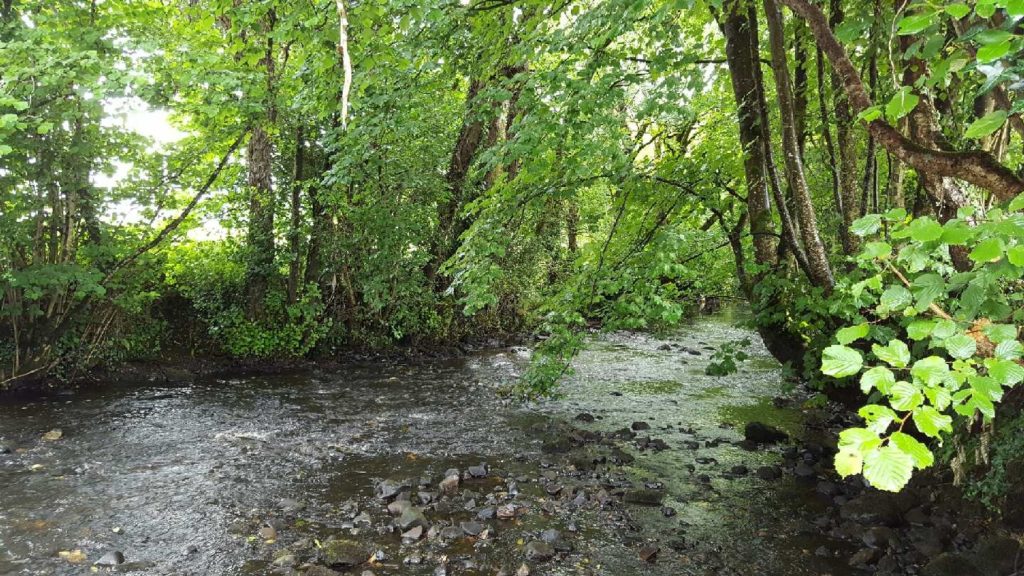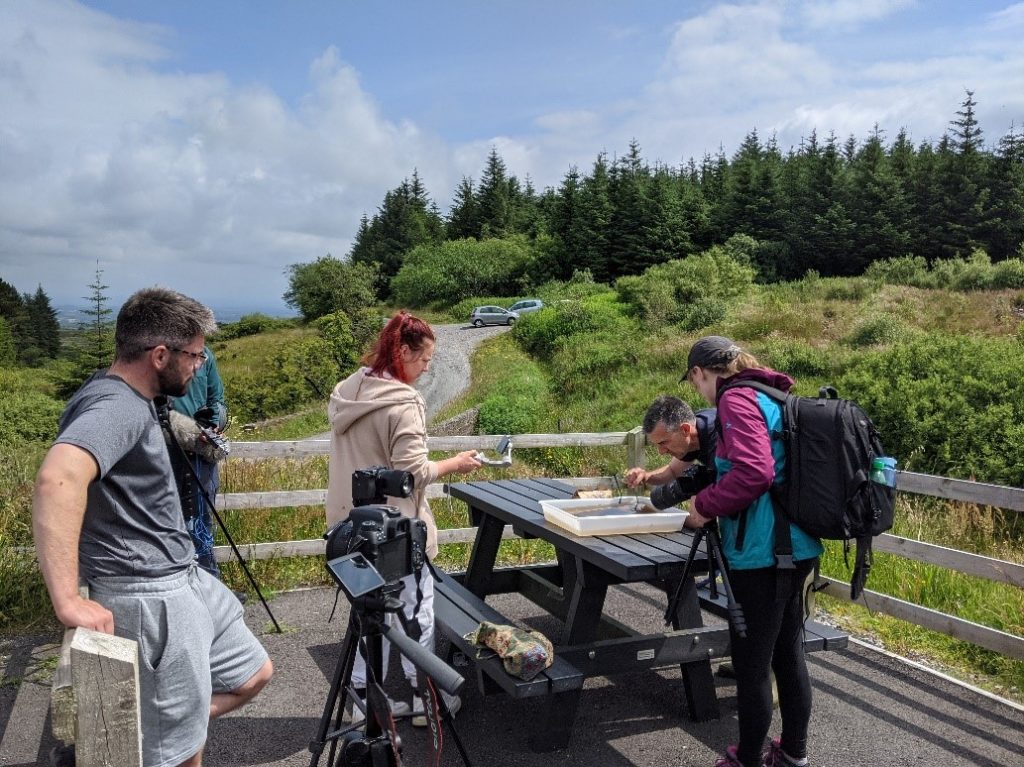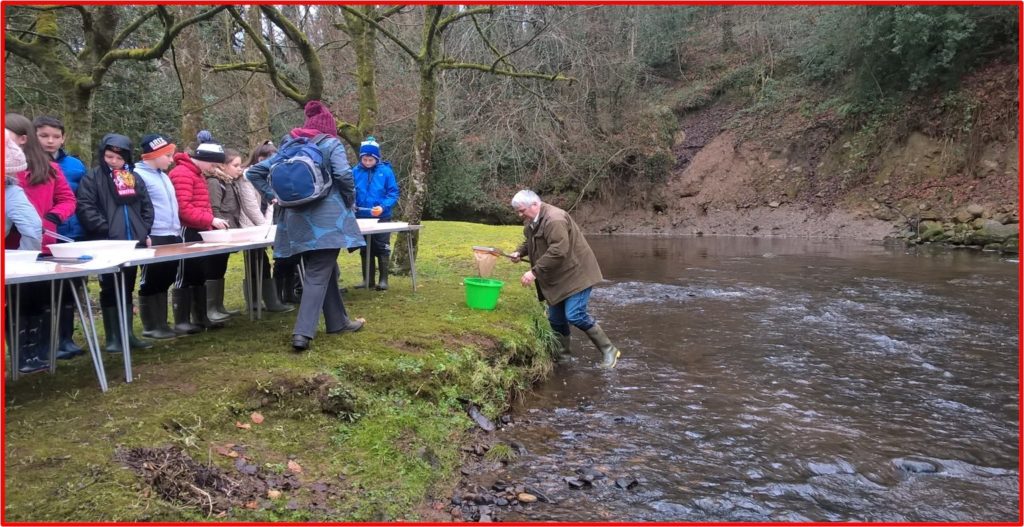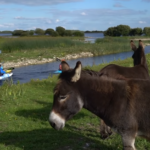The Community Water Development Fund supports communities developing water related…
The Story of the Mountain Water – Part 2: restoring a Blue Dot
Part 1 of The Mountain Water’s story If rivers could talk, which was written from the river’s perspective, appeared in the Spring 2017 Catchments Newsletter. Now, we have an update on how the river’s water quality has improved back to pristine Blue Dot status thanks to the hard work being done by Monaghan County Council, IFI and the local community.
The original story If rivers could talk described the typical human impacts and pollution sources that are all too common across the country but ended on a positive note as communities and agencies began to focus on the Mountain Water and possible solutions to the catchment’s problems.
Over many years, the river was not valued as a resource and saw a steady and sad decline in water and habitat quality. The river’s wildlife has been impacted: wildlife left homeless (by habitat degradation and drainage), starved (of oxygen and food) and poisoned by chemicals. Even human health was at risk as a drinking water source and bathing area were impacted by algal blooms.
The river reached its lowest point around 2007 when the waters of the upper reaches were no longer classed as pristine. Thanks to the work of Monaghan County Council, IFI and the local community the pristine Blue Dot water body has recovered in the upper reaches of the river.
Today, there is a lot going on in the Mountain Water catchment – there are now boots on the ground and people round the table – all pulling in the same direction and looking to deliver improvements for the protection and restoration of water quality, habitats and wildlife.

The catchment has:
- An active River Trust, Group Water Scheme, Angling group, Citizen Science group and TidyTowns groups
- A Blue Dot waterbody which is now part of the Blue Dot Programme
- A Priority Area for Action, located between Emyvale and Glaslough that is in need of restoration and where LAWPRO catchment assessment team and Teagasc ASSAP are commencing their work
- The Catchment Care Project, with significant funding for community and restoration initiatives
- The local authority, various researchers and agencies involved with water quality, peatlands, river enhancement, urban pressures, education and farming initiatives
- Cross Border INTERREG funding through CANN and Catchment Care, Department of Agriculture Food and the Marine funding for Source Protection, Local Authority for drain survey and ongoing support from LAWPRO


Ben Malone, Community Water Officer, with the Local Authority Waters Programme has initiated the Mountain Water Round Table to bring together interested groups & agencies to facilitate knowledge sharing and to improve potential for further collaborations.
While improvement in water quality status is a long game, the Mountain Water Story will continue to build on gains to date. In the meantime, the agency cooperation and community involvement will continue.
Another interesting factor is the impact of the Covid-19 pandemic. Covid has resulted in many changes; one positive change is that local communities are more interested in outdoor spaces. Current catchment work alongside the local development plans can make this area more natural, more attractive, support local tourism and benefit those who wish to be more connected to and active in nature.
Watch this catchment – for many reasons, the Mountain Water is unique, representing a real-life example of Integrated Catchment Management in progress. Over the next two to three years further key projects and works will be completed and we will return to this river’s story.
Bernie O’Flaherty, Local Authority Waters Programme
Learn more:
For further information on what is happening the Blackwater catchment and Mountain Water subcatchment please contact Ben Malone, Community Water Officer, bmalone@lawaters.ie
www.lawaters.ie/blue-dot-programme
www.facebook.com/blackwatercatchmenttrust
www.facebook.com/Emy-and-District-Anglers-174526482630035
www.glasloughtidytowns.com/sustainability—doing-more-withless. html







